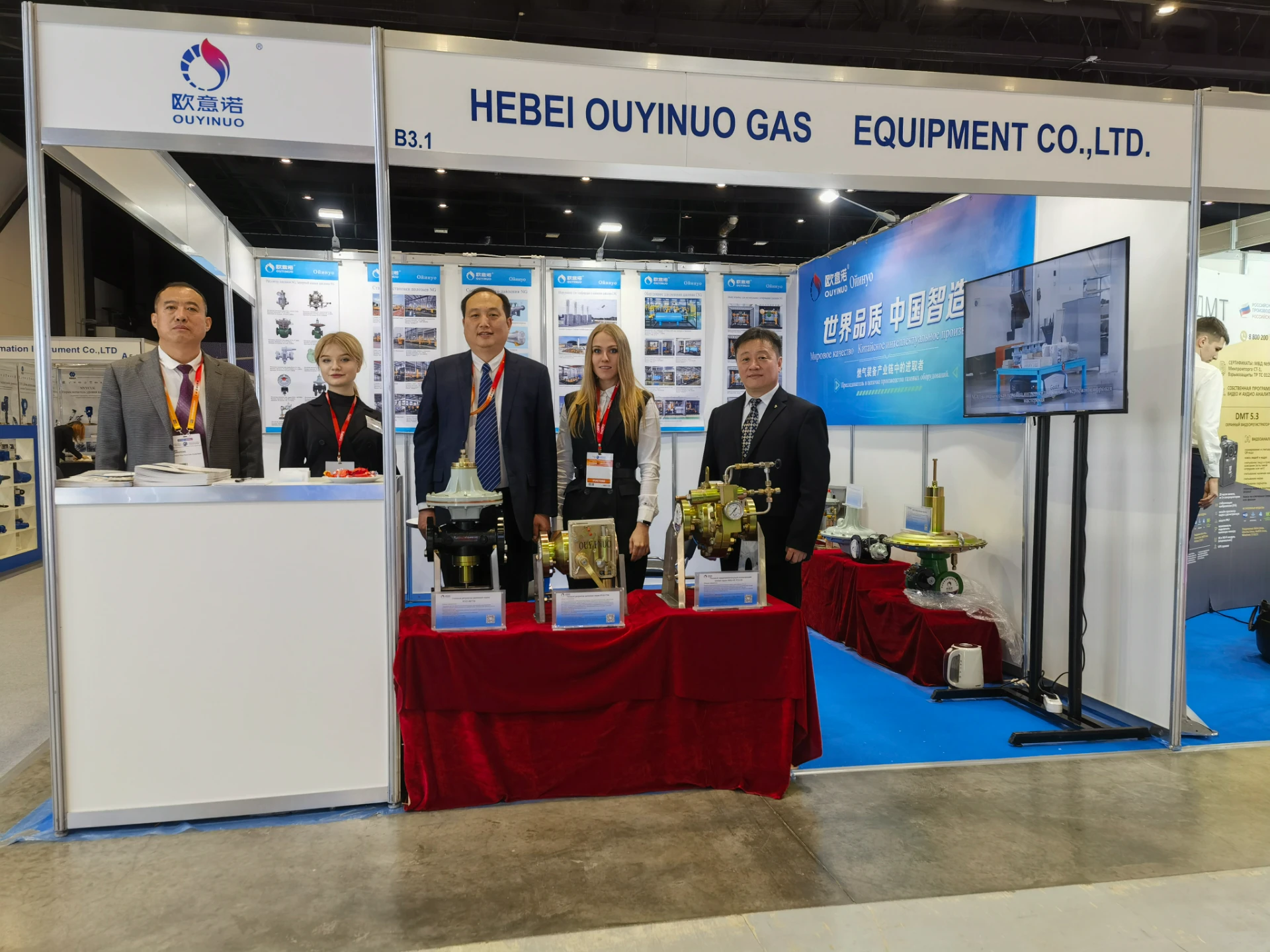
Dec . 26, 2024 07:30
Back to list
gas heat exchanger
Gas Heat Exchangers An Overview
Gas heat exchangers are crucial components in various industrial applications, playing a significant role in enhancing energy efficiency and optimizing thermal management. These devices facilitate the transfer of heat from one gaseous medium to another, often with the intention of recovering waste heat or regulating temperature. Understanding their design, operation, and applications is essential for industries seeking to improve their energy utilization.
Working Principle
Gas heat exchangers operate on the principle of thermodynamics, specifically the laws governing heat transfer. The fundamental mechanism involves two or more gas streams that flow in close proximity but do not mix. Heat is transferred from the hotter gas to the cooler gas, thereby raising the temperature of the latter while lowering the temperature of the former. This process can be achieved through various designs, including cross-flow, counterflow, and parallel flow configurations, each with specific advantages and drawbacks depending on the application.
The efficiency of a gas heat exchanger is largely influenced by factors such as the temperature difference between the gas streams, the surface area available for heat transfer, and the flow arrangement. High surface area materials, often made from metals like stainless steel or aluminum, are commonly used to enhance heat exchange performance while providing resistance to corrosion.
Types of Gas Heat Exchangers
1. Air-to-Air Heat Exchangers These exchangers primarily focus on transferring heat between air streams, commonly used in HVAC systems to improve energy efficiency by pre-conditioning incoming air.
2. Flue Gas Heat Exchangers Found in industrial boilers and power plants, these exchangers recover heat from flue gases generated during combustion processes. The recovered heat can be utilized to preheat incoming combustion air or water, thereby enhancing overall system efficiency.
gas heat exchanger

4. Regenerative Heat Exchangers These systems temporarily store thermal energy from the hot gas stream and release it to the cooler stream. This cyclical process is especially effective for applications that experience periodic flow changes.
Applications
The applications of gas heat exchangers span numerous sectors, demonstrating their versatility and importance. In the energy sector, they are instrumental in improving the efficiency of power plants by recovering heat from flue gases, which can then be utilized to generate additional electricity or heat water. In the manufacturing sector, gas heat exchangers assist in processes such as drying, heating, and cooling of various materials, thereby enhancing productivity and energy savings.
Additionally, HVAC systems rely on air-to-air heat exchangers to minimize energy consumption while maintaining comfortable indoor environments. By reclaiming heat from exhaust air, these systems can significantly reduce the heating and cooling load, leading to lower energy bills and a reduced carbon footprint.
Benefits and Challenges
The primary benefits of gas heat exchangers include improved energy efficiency, reduced operational costs, and lower environmental impact. By recovering waste heat, industries can not only save on energy costs but also contribute to sustainability initiatives by minimizing greenhouse gas emissions.
However, designing an effective gas heat exchanger presents challenges. Ensuring optimal heat transfer while minimizing pressure drops and maintaining structural integrity under high temperatures and corrosive conditions requires careful engineering and material selection. Furthermore, regular maintenance is essential to uphold performance and prevent fouling, which can significantly diminish heat exchange efficiency.
Conclusion
Gas heat exchangers represent a significant advancement in thermal management technology. Their ability to recover waste heat and improve energy efficiency aligns with the global push towards sustainable practices in various industries. As technology progresses, we can expect further enhancements in the design and materials used in gas heat exchangers, ultimately leading to more efficient and environmentally friendly industrial processes. Investing in these systems not only makes economic sense but also contributes to a sustainable future.
Latest news
-
Safety Valve Spring-Loaded Design Overpressure ProtectionNewsJul.25,2025
-
Precision Voltage Regulator AC5 Accuracy Grade PerformanceNewsJul.25,2025
-
Natural Gas Pressure Regulating Skid Industrial Pipeline ApplicationsNewsJul.25,2025
-
Natural Gas Filter Stainless Steel Mesh Element DesignNewsJul.25,2025
-
Gas Pressure Regulator Valve Direct-Acting Spring-Loaded DesignNewsJul.25,2025
-
Decompression Equipment Multi-Stage Heat Exchange System DesignNewsJul.25,2025

